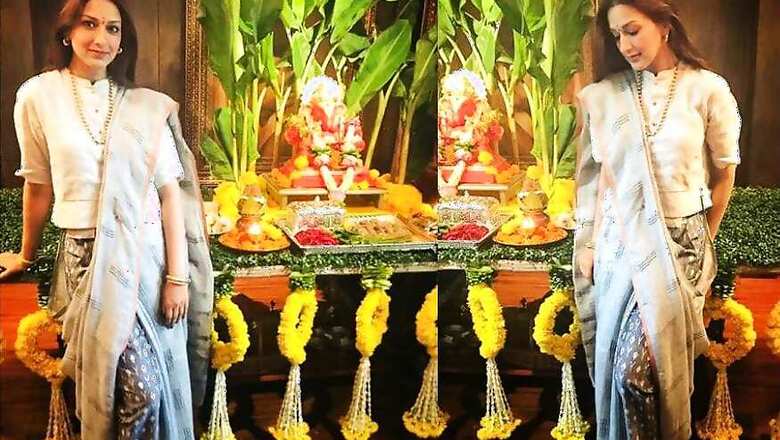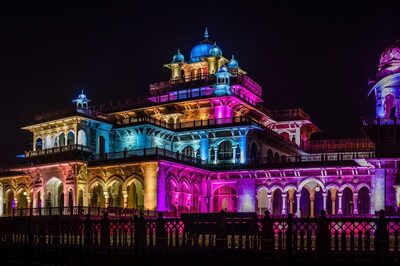
views
There is a sheer elegance in the six yard piece of cloth. And an exhibition brings up a wide range of Jamdani sarees woven in Bengal, Uttar Pradesh, South India and Bangladesh.
Titled "Jamdani: Tradition and Technique - An Introduction to the Historical Textile" the exhibition which will continue till December 17 is being organised by the Delhi Crafts Council at Bikaner House in the national capital. This exhibition is both a showcase as well as a celebration of this intricate art of weaving that once draped royalty and has once again found favour with discerning textile lovers.
Jamdani is a term normally used for the technique of loom-embroidery wherein discontinuous extra or supplementary weft yarn is woven into the warp threads as per the desired pattern while weaving progresses.
Historically, the preferred choice Jamdani was the finest cotton cloth, known as muslin or mulmul, produced by a laborious process of hand spinning and weaving of a special kind of cotton. Patterns were created by the use of thinner and thicker yarns, generally used in contrasting monotones of white on white.
The exhibition will showcase vintage and contemporary pieces of Jamdani sarees from museums and private collections. There will also be a sale of contemporary Jamdani textiles at the exhibition by weavers from around India.
"Jamdani has been an integral part of India's ancient textile legacy and like many other textiles has faced its share of challenges in modern times. The Jamdani exhibition is an initiative by Delhi Crafts Council to celebrate as well as bring to the forefront this ethereal weaving technique. By honouring these talented Jamdani artisans and showcasing their extraordinary creations we hope to educate people about the skill involved in weaving Jamdani", said a representative of Delhi Craft Council.



















Comments
0 comment